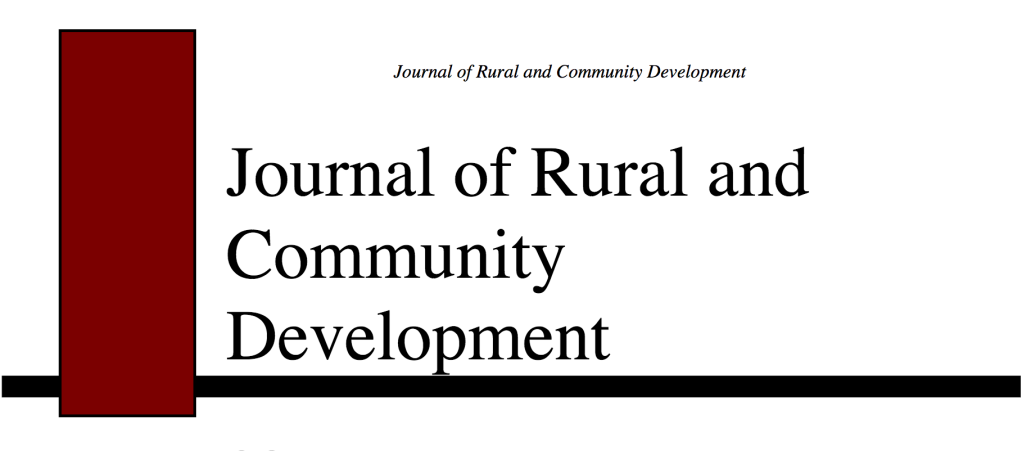
Vol. 16 No. 4 (2021): COVID-19 and Rural Canada: Rural Impacts and Resilience
The COVID-19 Vulnerability Landscape: Susceptibility to COVID-19 Across Rural Versus Urban Health Regions of Canada
Rural communities are often portrayed in the research literature and popular media as being disadvantaged and ‘vulnerable’. This paper examines the extent to which rural health regions in Canada are more vulnerable than other health regions in terms of contracting COVID-19 and developing serious illness from this virus that leads to death. Data include published numbers of cases of and deaths from COVID-19 in each health region across Canada. Other data from Statistics Canada’s Canadian Community Health Survey (CCHS) documents the higher rates of ‘vulnerability’ in rural health regions, according to (a) their socio-demographic conditions (income, education, age), and (b) the rates of ‘underlying health conditions’ which would make individuals more susceptible to serious illness from COVID-19. Despite these vulnerabilities, which are consistent with other research on rural areas in Canada, COVID-19 rates are found to be higher in metropolitan areas—although there is some variation in this pattern by province. In no provinces is the rate of death per case of COVID-19 highest in rural areas. Overall, in Canada, deaths per case from COVID-19 are higher in metropolitan than in rural health regions, challenging the notion of rural areas being only and always disadvantaged.
[Excerpt] While acknowledging the importance of rural variety, if we adopt a broad rural development perspective on the conditions in rural communities and regions in Canada, several specific challenges and assets emerge, relative to pandemic impacts. Challenges include ageing population levels; lower overall health outcomes; limited health care capacity; distance to services; variable internet, broadband access;lower levels of education; lower income levels; and a high level of essential service designations associated with rural employment, particularly in the resource and food production sectors.
Rural communities and regions are, however, endowed with considerable assets that have proven important in responding to the pandemic crisis. Most notably, high levels of social capital commonly noted in rural areas have spurred innovative support responses. The strong presence and role of the voluntary sector have also clearly risen to the challenge of dynamic, flexible, and tailored interventions in communities. Aside from the immediate impacts, it is also clear—although not yet fully understood—that the comparative affordability of rural housing(when compared with urban metropolitan regions), combined with high quality of life dynamics, have spurred an in-migration of urban residents into select rural communities(although not all rural regions, as evidence to support the importance of not assuming a homogenous interpretation of rural).
The COVID-19 Vulnerability Landscape: Susceptibility to COVID-19 Across Rural Versus Urban Health Regions of Canada
E. Dianne Looker
To access, click on: pdf





